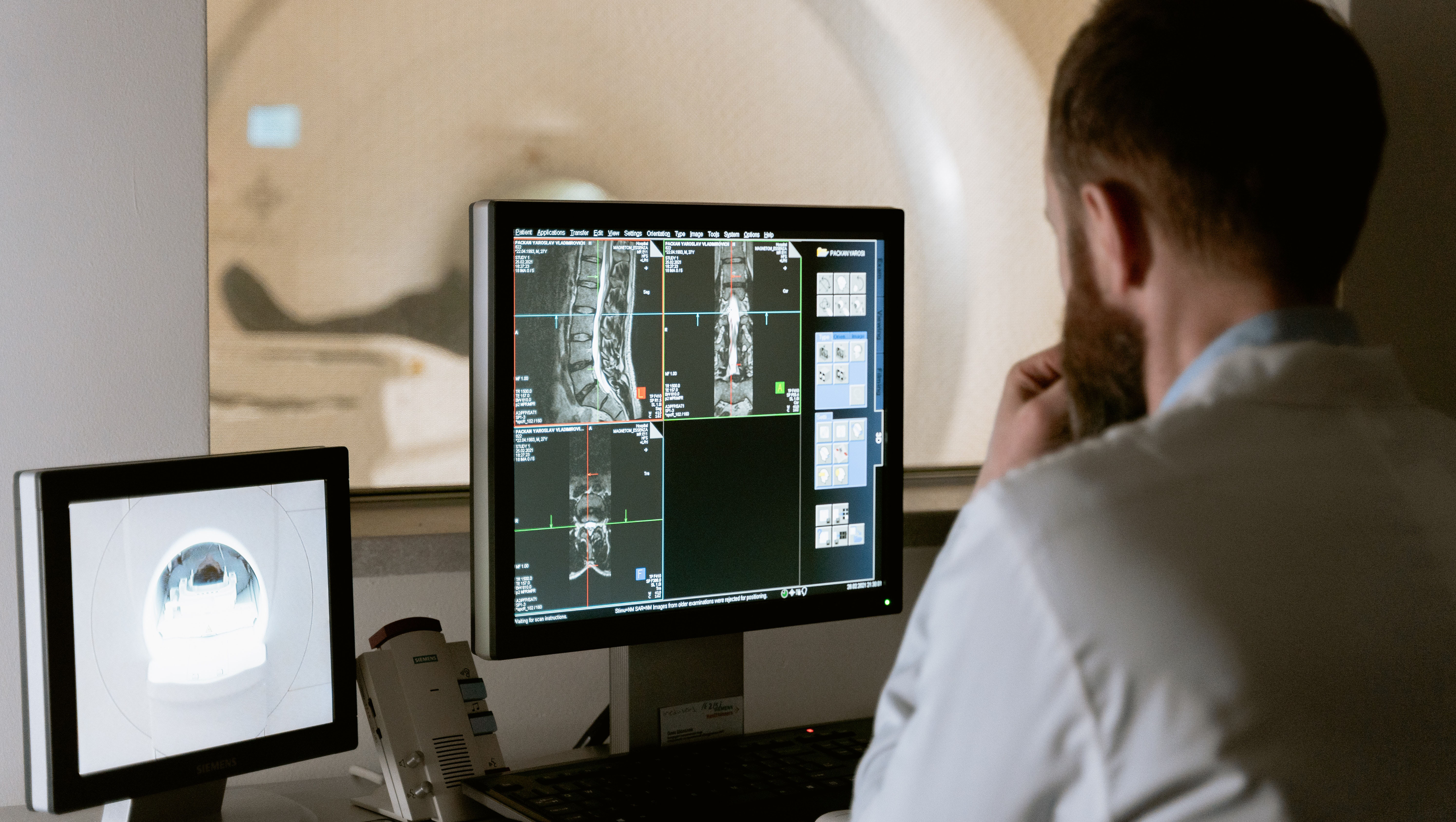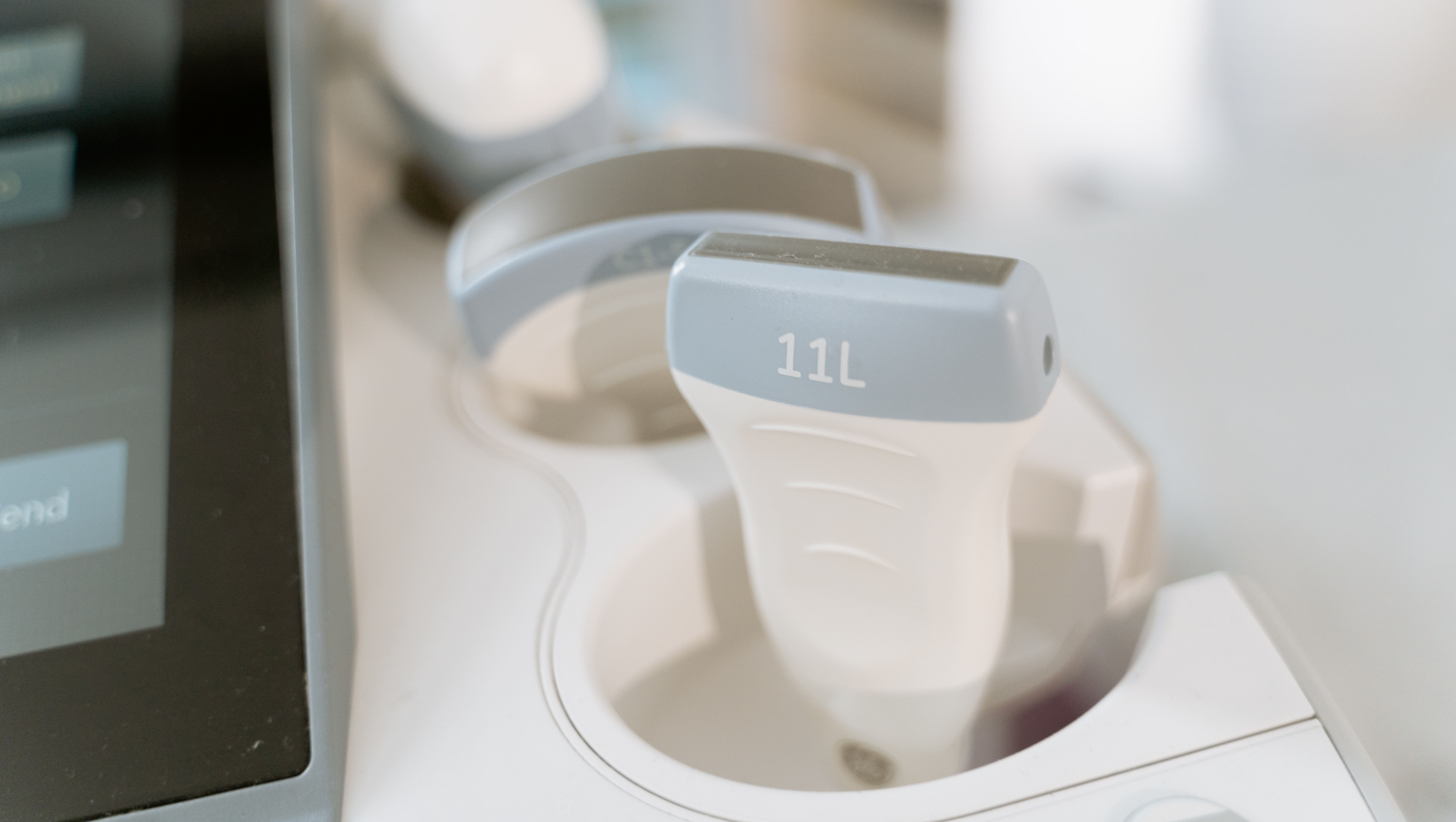For many radiology practices, the idea of a positive payment adjustment for participation in the Medicare Quality Payment Program (QPP) has been lost. Several factors have combined over the past few years to change the goal for radiology practices – it is now ‘penalty avoidance’ rather than a reward for reporting quality metrics. As we outlined in our recent review of the Medicare 2024 Physician Fee Schedule Proposed Rule, the QPP requirements for successful participation are going to become even stricter.
Radiology Practices Struggle to Avoid Penalties in the Medicare Quality Payment Program on August 31, 2023
Categories: MIPS, Quality Payment Program, MIPS participation, radiology, QPP, quality measures
The Centers for Medicare and Medicaid Services (CMS) announced its proposed Medicare Physician Fee Schedule (MPFS) rules for 2024, including provisions for the Quality Payment Program (QPP). While not a done deal until the final rule is issued toward the end of the year, the Proposed Rule gives an indication of where CMS is headed with regard to payment policy. In recent history, even the Final Rule isn’t final because Congress has had to intervene to stave off significant reimbursement reductions. Here are the highlights of the 2024 Proposed Rule.
Categories: medicare, medicare reimbursement, radiology, QPP, Medicare Physician Fee Schedule
Complete documentation of any radiology procedure is the key to appropriate reimbursement. This is especially true for venous duplex Doppler ultrasound exams, where including fewer than the required number of elements for a complete procedure will result in reimbursement for a limited study.
Categories: radiology reimbursement, radiology documentation, ultrasound
You Can Help Improve the Medicare Physician Fee Schedule on June 5, 2023
Reimbursement under the Medicare Physician Fee Schedule (MPFS) has been consistently reduced for as many years as most of us can remember. Most recently, the 2023 payment rate was cut another 2.08% from the 2022 level, leaving the fee schedule 7.6% lower than it was in 1998 and 11.0% lower than it was in 2008.
How Can Radiology Networking Improve Your Practice? on March 10, 2023
A large metropolitan-area radiology group covers several departments within a hospital system. They have on-site staff daily at each location to handle all modalities, including sub-specialists to be sure pediatric, neuro, and body imaging are handled with the right expertise. They find that on some days a particular department is overloaded, while on the same day another department is slow. The subspecialists don’t always have enough work in their area to keep them busy. Lately, trying to hire enough hands in the tight radiology job market has become more and more difficult as well as costly. Unfortunately, the various hospitals do not all employ the same PACS even though they’re part of the same parent system. This group’s situation is not unique.
Categories: radiology
What Is The Impact Of The 2023 Medicare Fee Schedule On Your Radiology Practice? on February 9, 2023
The Medicare Physician Fee Schedule (MPFS) was lowered for 2023 due to a cut of 2.08% in the Conversion Factor (CF) used to determine payment rates. We reported that the CF could have been reduced as much as 4.47% had Congress not intervened at the last minute to adjust it, along with waiving the 4% PAYGO reduction that was supposed to occur in 2023. The pricing of various procedure codes is also revised annually due to changes in practice expense assumptions, which generally affects the Technical Component (TC) more than the Professional Component (PC). Radiologists will therefore see a different overall result for services in a private office or imaging center than they will for hospital services.
Categories: MPFS, radiology, Medicare Physician Fee Schedule
Coding Changes That Will Impact Radiology Practices In 2023 on January 23, 2023
Click here to read our 2025 code changes update article.
While only a few of the 225 new codes, 93 revised codes, and 75 deleted codes in Current Procedural Terminology[i] (CPT)® for 2023 will impact radiology practices, it’s essential to know what they are and adjust your practice systems accordingly.
Categories: radiology coding, interventional radiology, IR coding, CPT codes, diagnostic radiology, evaluation and management
Last Minute Congressional Action Reduces Medicare Fee Cuts For 2023 on January 4, 2023
In response to concern expressed across the spectrum of physicians and their representative organizations, the omnibus spending bill titled the Consolidated Appropriations Act, 2023 (CAA23) passed by Congress on December 23 rolled back a Medicare payment cut of 8.5%. As a result, we estimate that the conversion factor will still be cut 2.08% for 2023. However, as we reported previously, many practices will feel a larger reimbursement reduction due to the annual valuation adjustments within the fee schedule.
Categories: radiology reimbursement, MPFS
QPP Strategy for Radiology in 2023 on December 20, 2022
Today's Quality Payment Program (QPP) began in 2006 as the Physician Quality Reporting Initiative (PQRI). It was a voluntary program that would earn participants a bonus payment of 2% of their prior-year Medicare reimbursements. Beginning with performance year 2013 (for payments in 2015) a penalty was imposed on those physicians who did not successfully report quality data. The 2016 performance year saw the initiation of the Value-Based Payment Modifier (VM) that allowed for upward, downward, or neutral payment adjustments in 2018 based on both the quality and cost of care delivery. In the first year the VM was applied, physicians with low cost and high quality earned an additional 9.78% over the basic Medicare fee schedule while the potential negative adjustment for not reporting, or not successfully reporting, was 6%. There was a lot of incentive to participate in the program at as high a level as possible!
Categories: MIPS, MIPS participation, radiology, QPP
Rural Care Settings Need More Radiology Expertise on December 8, 2022
Recently, a study by a joint task force of the American College of Radiology (ACR) and the Society of Interventional Radiology (SIR) pointed out the need for all diagnostic radiologists to have certain competencies in “Level 1” interventional procedures. Radiology Business reports that the aim of the task force was making recommendations for “broadening access to image-guided procedures for patient populations living in rural care settings or served by small IR practices.” According to the study abstract, “Radiology practices characterized as small and rural are challenged to recruit and retain interventional radiologists”, resulting in a failure to meet the needs of patients and others in these communities. Thus, having diagnostic radiologists with Level 1 competencies in small practice or rural health settings increases their ability to provide a wider range of needed services.
Categories: interventional radiology, radiology, rural health













